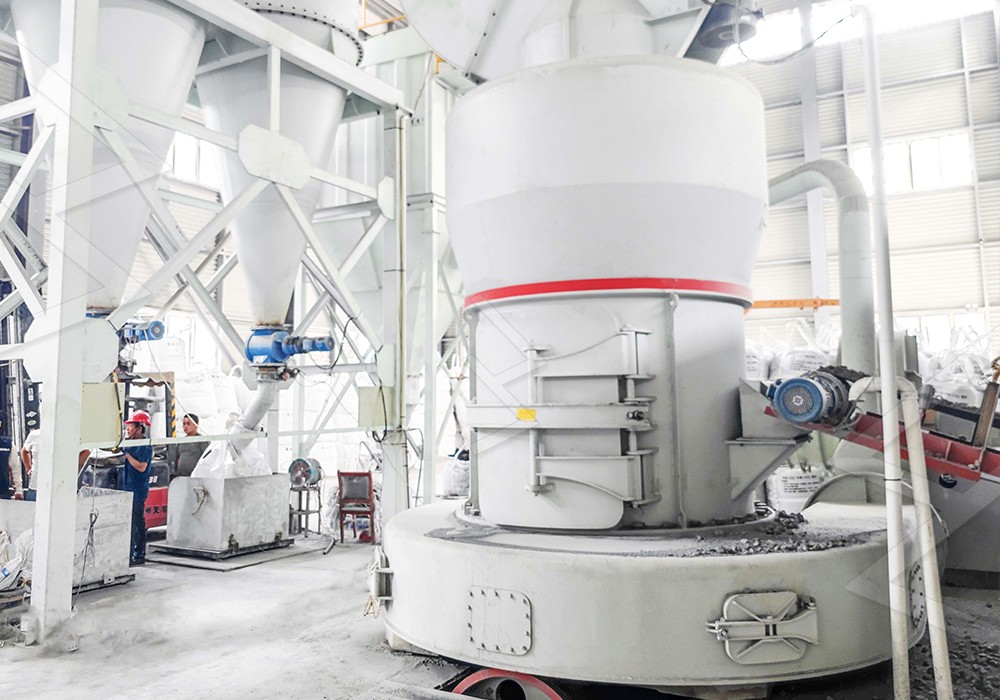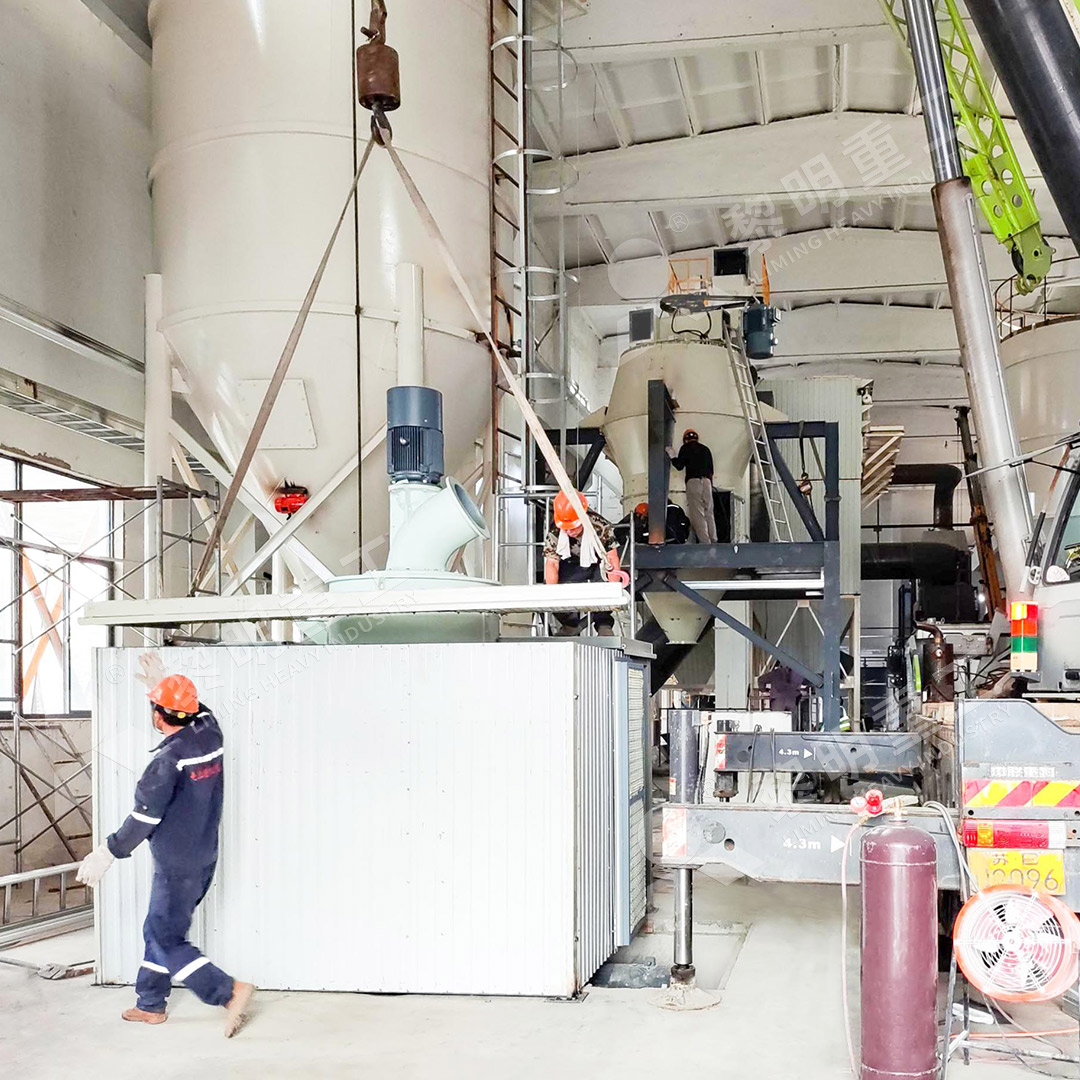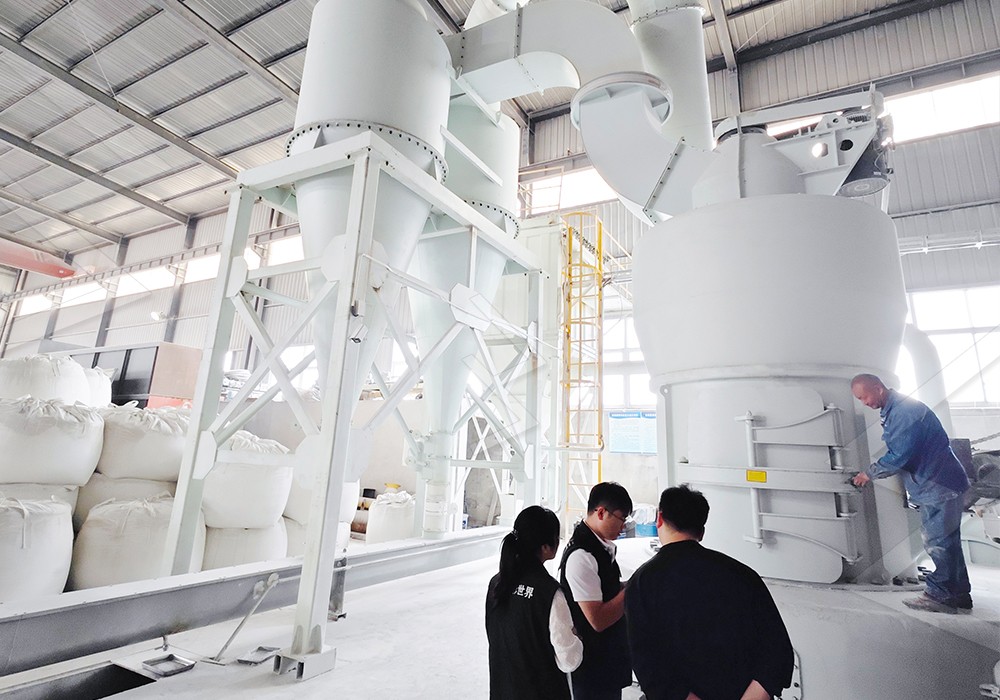Adaptation of Coal Mills in Power Plants for High Altitude Western Regions
Adaptation of Coal Mills in Power Plants for High Altitude Western Regions
Operating power generation facilities in the high-altitude western regions presents unique engineering challenges that demand specialized equipment adaptation. The reduced atmospheric pressure, lower oxygen levels, and extreme temperature variations significantly impact combustion efficiency and milling operations in coal-fired power plants. Traditional coal mills often struggle to maintain optimal performance under these conditions, leading to decreased power output, increased fuel consumption, and higher maintenance requirements.

Technical Challenges at High Altitudes
The primary operational difficulties stem from the thin air characteristic of high-altitude environments. With atmospheric pressure decreasing by approximately 1.2% per 100 meters of elevation gain, mills operating at 3,000 meters above sea level face approximately 30% lower air density. This reduction directly affects the pneumatic conveying capacity, combustion air supply, and heat transfer efficiency within the milling system. The result is often incomplete combustion, reduced mill throughput, and increased unburned carbon in fly ash.
Additionally, the lower boiling point of water at high altitudes complicates the drying process for high-moisture coals. Mills must compensate for reduced evaporation rates while maintaining stable operation. The combination of these factors necessitates specialized mill designs with enhanced grinding efficiency, improved material handling capabilities, and robust performance under suboptimal atmospheric conditions.
Advanced Milling Solutions for Challenging Environments
Modern grinding technology has evolved to address these specific challenges through innovative engineering approaches. For power plants operating above 2,500 meters, we recommend considering the MW Ultrafine Grinding Mill, which demonstrates exceptional performance in high-altitude applications. With an input size range of 0-20 mm and capacity of 0.5-25 tph, this system maintains stable operation despite atmospheric limitations.

The MW Ultrafine Grinding Mill incorporates several features specifically beneficial for high-altitude operation. Its higher yielding and lower energy consumption characteristics – achieving 40% higher production capacity than jet grinding mills with only 30% of the energy consumption – make it ideal for environments where efficiency is paramount. The adjustable fineness between 325-2500 meshes allows operators to fine-tune output based on specific combustion requirements affected by altitude conditions.
Another excellent option for these challenging environments is the LUM Ultrafine Vertical Grinding Mill, which offers 30%-50% reduced energy consumption compared to conventional mills. Its double position-limiting technology ensures operational stability despite the potential for increased vibration at high altitudes, while the reversible structure facilitates maintenance in remote locations where service availability may be limited.
Implementation Strategies
Successful adaptation requires comprehensive system analysis and strategic implementation. Key considerations include:
- Air system modifications to compensate for reduced density
- Enhanced insulation for temperature management
- Motor derating calculations for altitude effects
- Advanced control systems for process optimization
- Preventive maintenance scheduling accounting for increased component stress
Plants that have implemented these specialized milling solutions report significant improvements in availability factor, reduced forced outage rates, and better compliance with emission standards despite the challenging operating environment.

Frequently Asked Questions
How does high altitude specifically affect coal mill performance?
High altitude reduces air density, which impacts pneumatic conveying, combustion efficiency, and heat transfer. Mills must move more air volume to achieve the same mass flow, increasing power consumption while reducing grinding efficiency.
What modifications are most critical for high-altitude operation?
The most critical modifications include fan reselection for higher volume capacity, motor derating verification, enhanced drying capacity, and control system recalibration for changed operating parameters.
Can existing mills be retrofitted for high-altitude operation?
Yes, many existing mills can be retrofitted through component upgrades and system optimization, though the economic feasibility depends on the specific mill type and altitude. Professional assessment is recommended.
How does the MW Ultrafine Grinding Mill address altitude challenges?
The MW Mill’s efficient pulse dust collector and muffler system compensates for reduced air density, while its higher yielding design maintains throughput despite atmospheric limitations. The absence of rolling bearings in the grinding chamber eliminates a common failure point in high-stress environments.
What maintenance considerations are unique to high-altitude mills?
Increased component wear due to higher operating speeds, more frequent filter replacement due to increased air volume, and specialized lubrication requirements for extreme temperature variations should be anticipated.
